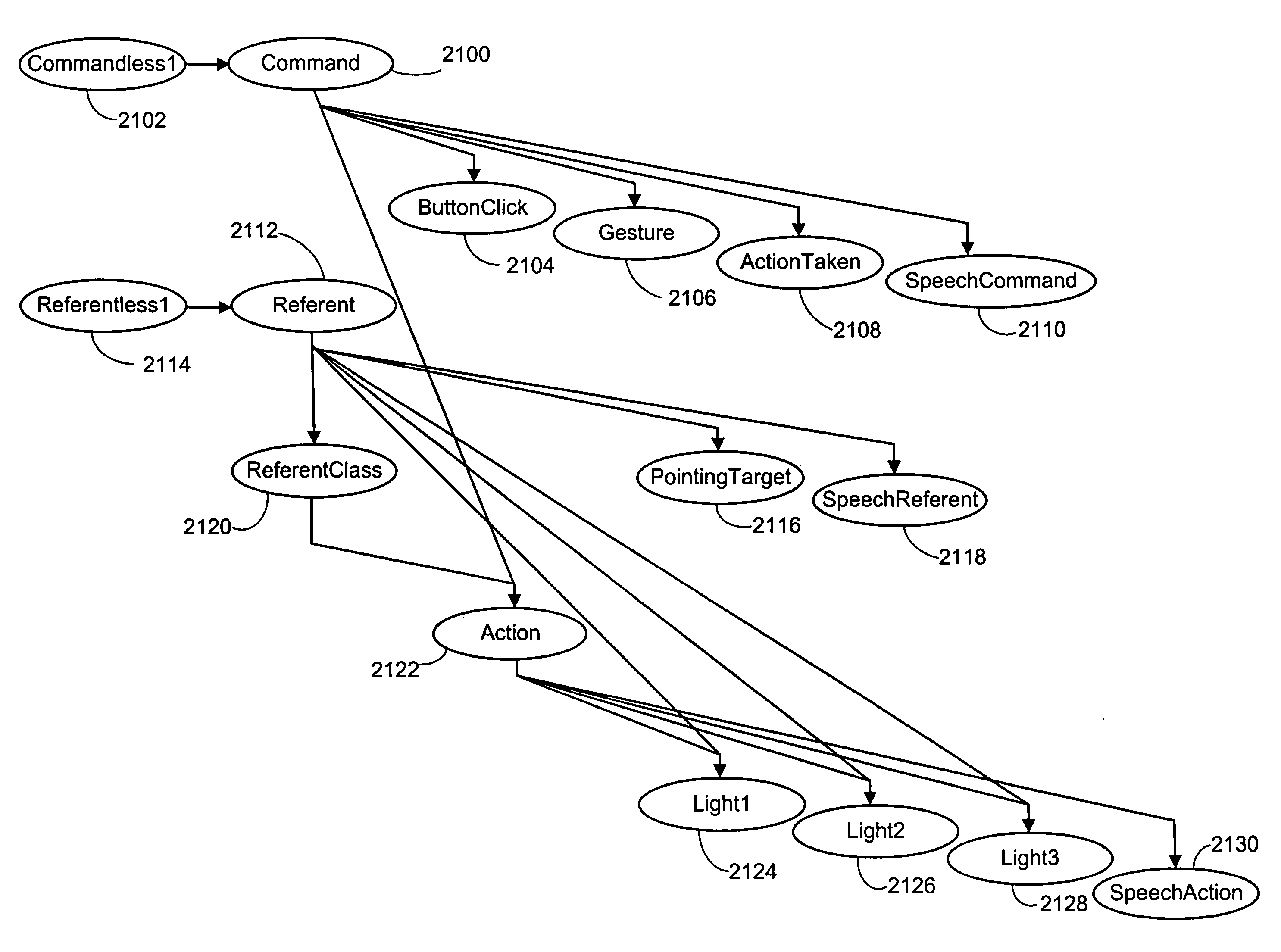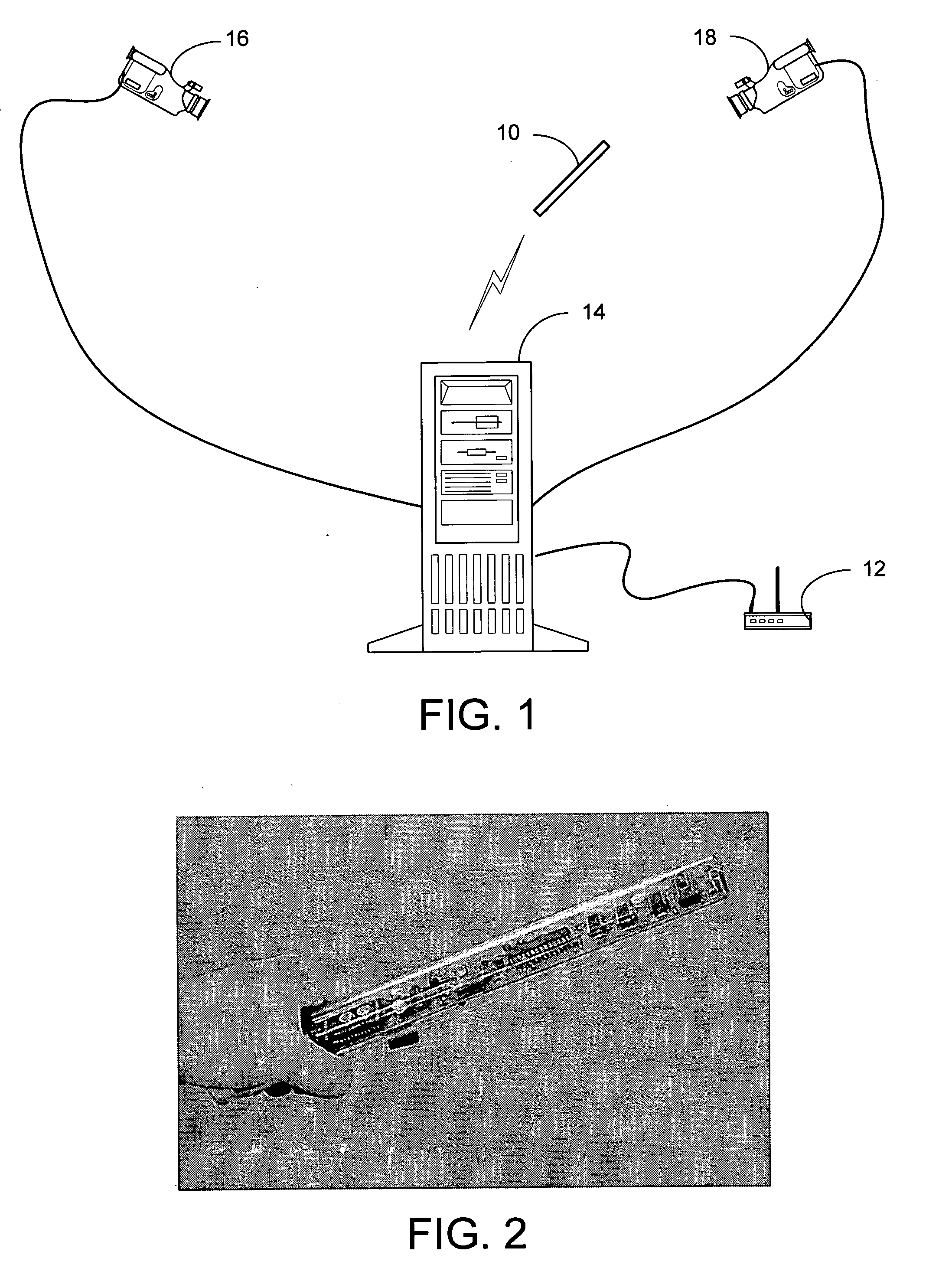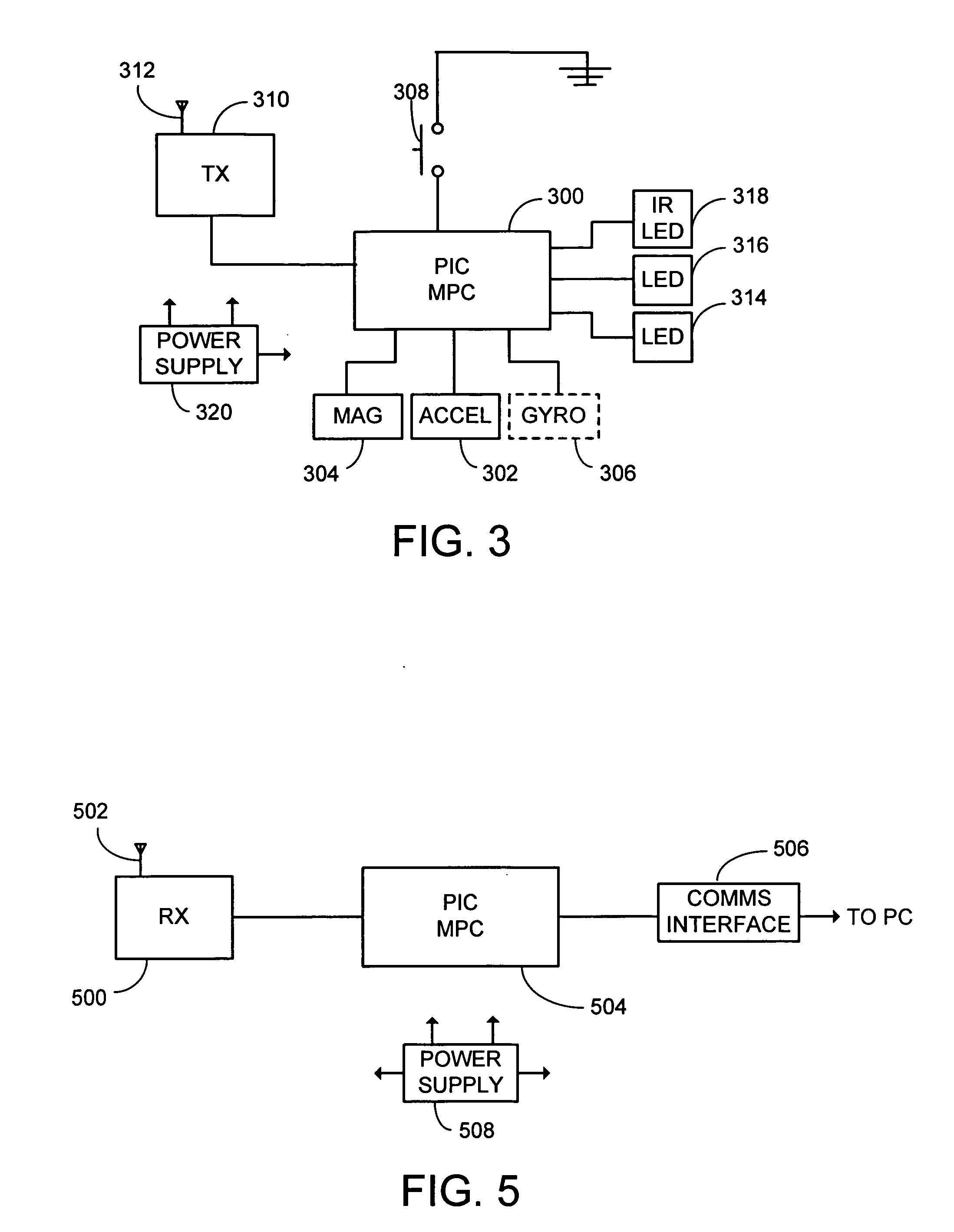System and process for controlling electronic components in a ubiquitous computing environment using multimodal integration
a multimodal integration and electronic component technology, applied in computing, electrophonic musical instruments, instruments, etc., can solve the problems of high error rate of speech recognition-based control systems, difficult design of good user interfaces, and large increase in the cost of a “single-ui-controlled” environmen
- Summary
- Abstract
- Description
- Claims
- Application Information
AI Technical Summary
Benefits of technology
Problems solved by technology
Method used
Image
Examples
Embodiment Construction
[0046] In the following description of the preferred embodiments of the present invention, reference is made to the accompanying drawings which form a part hereof, and in which is shown by way of illustration specific embodiments in which the invention may be practiced. It is understood that other embodiments may be utilized and structural changes may be made without departing from the scope of the present invention.
[0047] In general, the present electronic component control system and process involves the integration of a unique wireless pointer-based object selection system, a unique gesture recognition system that employs the wireless pointer, and a conventional speech control system to create a multimodal interface for determining what component a user wants to control and what control action is desired.
[0048] The pointer-based object selection system will be described first in the sections to follow, followed by the gesture recognition system, and finally the integration of t...
PUM
 Login to View More
Login to View More Abstract
Description
Claims
Application Information
 Login to View More
Login to View More - R&D
- Intellectual Property
- Life Sciences
- Materials
- Tech Scout
- Unparalleled Data Quality
- Higher Quality Content
- 60% Fewer Hallucinations
Browse by: Latest US Patents, China's latest patents, Technical Efficacy Thesaurus, Application Domain, Technology Topic, Popular Technical Reports.
© 2025 PatSnap. All rights reserved.Legal|Privacy policy|Modern Slavery Act Transparency Statement|Sitemap|About US| Contact US: help@patsnap.com



